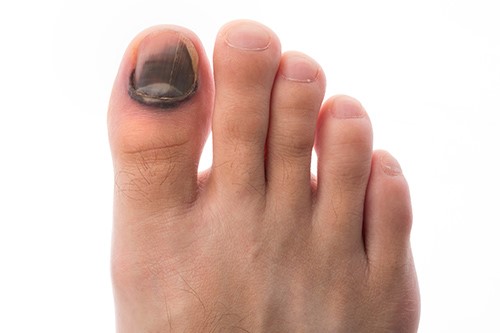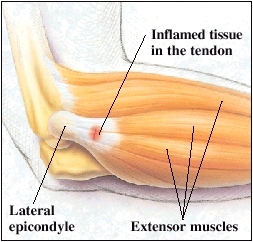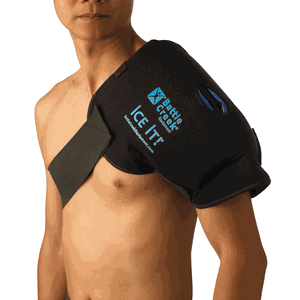
Are one or more of your toenails turning black? Yes. Then your shoes are too small. Specifically, your shoes are too short for court sports.
Here at Racquet Network, our expert staff are constantly astonished at the number of stubborn people who come into our store to buy new shoes because the shoes they are wearing are damaging their feet and who end up buying exactly the same size, expecting a different result.
Here is how a typical conversation with one of these customer’s goes …
Staff: “Hi there. How can I help you?”
Customer: “I need some new shoes. The shoes I have are too small. They are making my toenails turn black.”
Staff: “Oh no. That’s not good. What size are they?”
Customer: “They are size 9.”
Staff: “OK. So would you like to try on something in a size 10?”
Customer: “No. Size 10 is too big. I wear a size 9.”
Staff: “I’m sorry. I must have misunderstood. I thought you said your size 9 shoes were causing your toenails to turn black.”
Customer: “Well these ones are. But I just need a different size 9. I am always a size 9.”
It is never good when a fitting starts this way, but this is exactly the way many fittings start. The customer has a number in their head and no amount of expert advice or actual evidence will sway them. So, they end up leaving with the wrong size in spite of our best efforts to convince them otherwise.
Fathers of teen-aged daughters can be especially frustrating for our shoe experts. Some of them seem to think that their daughters are less attractive if they wear shoes that actually fit, so they buy shoes that are too small and that end up causing injuries.
This not a joke. It’s not just a story we tell. This actually happens. We have seen teenaged girls leave our store in tears because they know that the shoes their fathers are buying for them are too small and will make their toenails fall off. We have had angry fathers storm out of the store because we demonstrated to them that their daughter’s feet are a size and half bigger than they used to be.
We’re not sure why but men in general rarely seem to know their shoe size. “What size are you?” we will often ask. “Size 10,” guys will say. “What size are those?” we ask, pointing at the shoes on their feet. When we check, we usually find out they are not even close to what they thought they were wearing.
Racquet Network staff are trained to fit people for court shoes. Our staff know that court shoes have to be longer than walking-around-shoes because players have to stop suddenly and change direction. When shoes are too short for this, toes bang against the end of the shoe causing toenails to blacken and fall off.
Our staff also understand that width is important. When a player’s feet are wider than the platform of the shoes they are wearing, they are prone to specific types of injuries that can lead to arthritis later in life.
Our experts want to see all customers leave our store with shoes that fit. They don’t have any preconceived ideas about that size the customer should wear or what size the customer (or their father) might want to wear. They only thing they are concerned about is what actually fits. For that to happen, the shoe must be long enough and it must be wide enough.
At the end of the day, though, they can’t force anybody to buy the right size. So they will always have to deal with the disappointment of customers who stubbornly resist their best advice and insist on buying shoes that are too short or too narrow just because that is the size they always buy.


